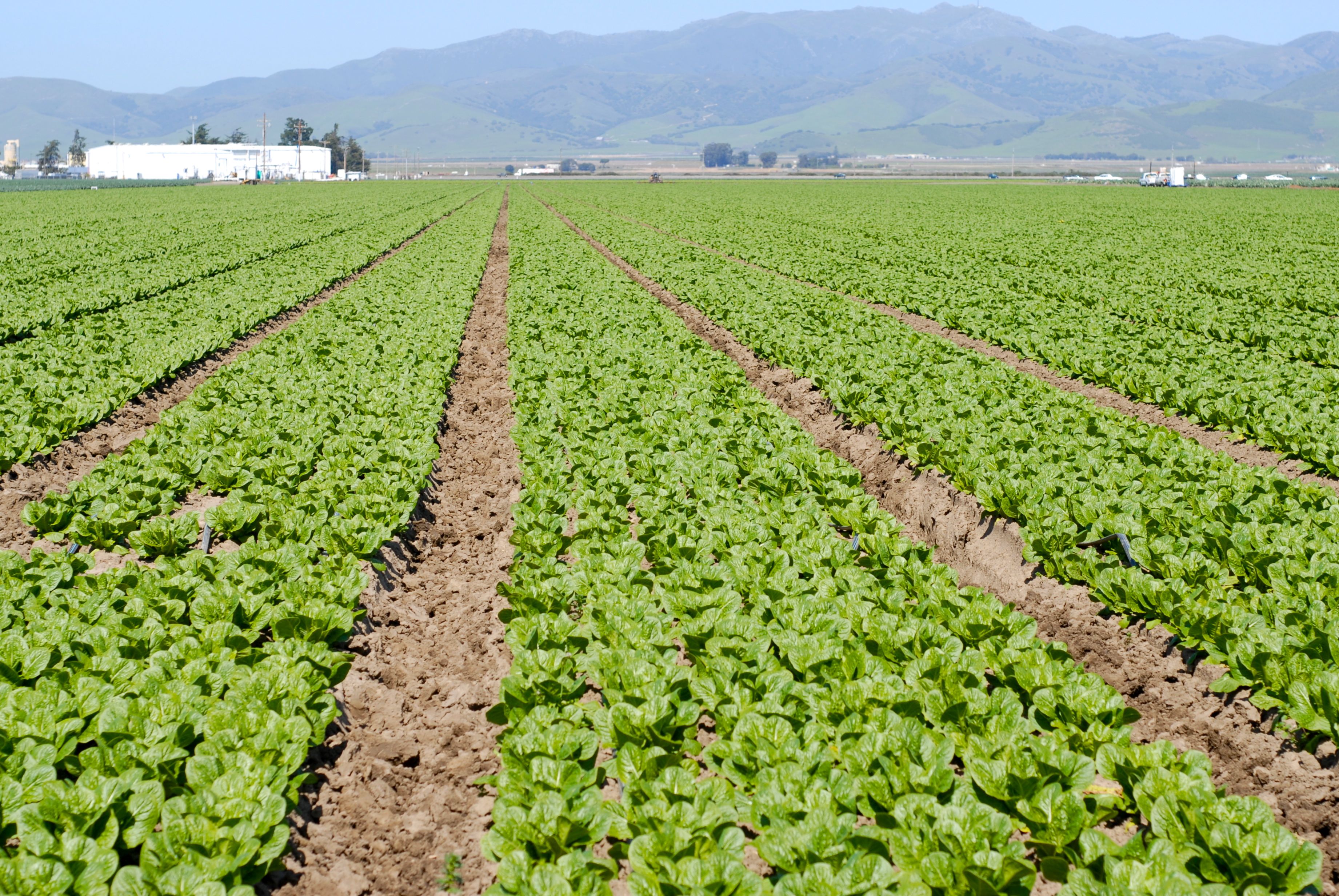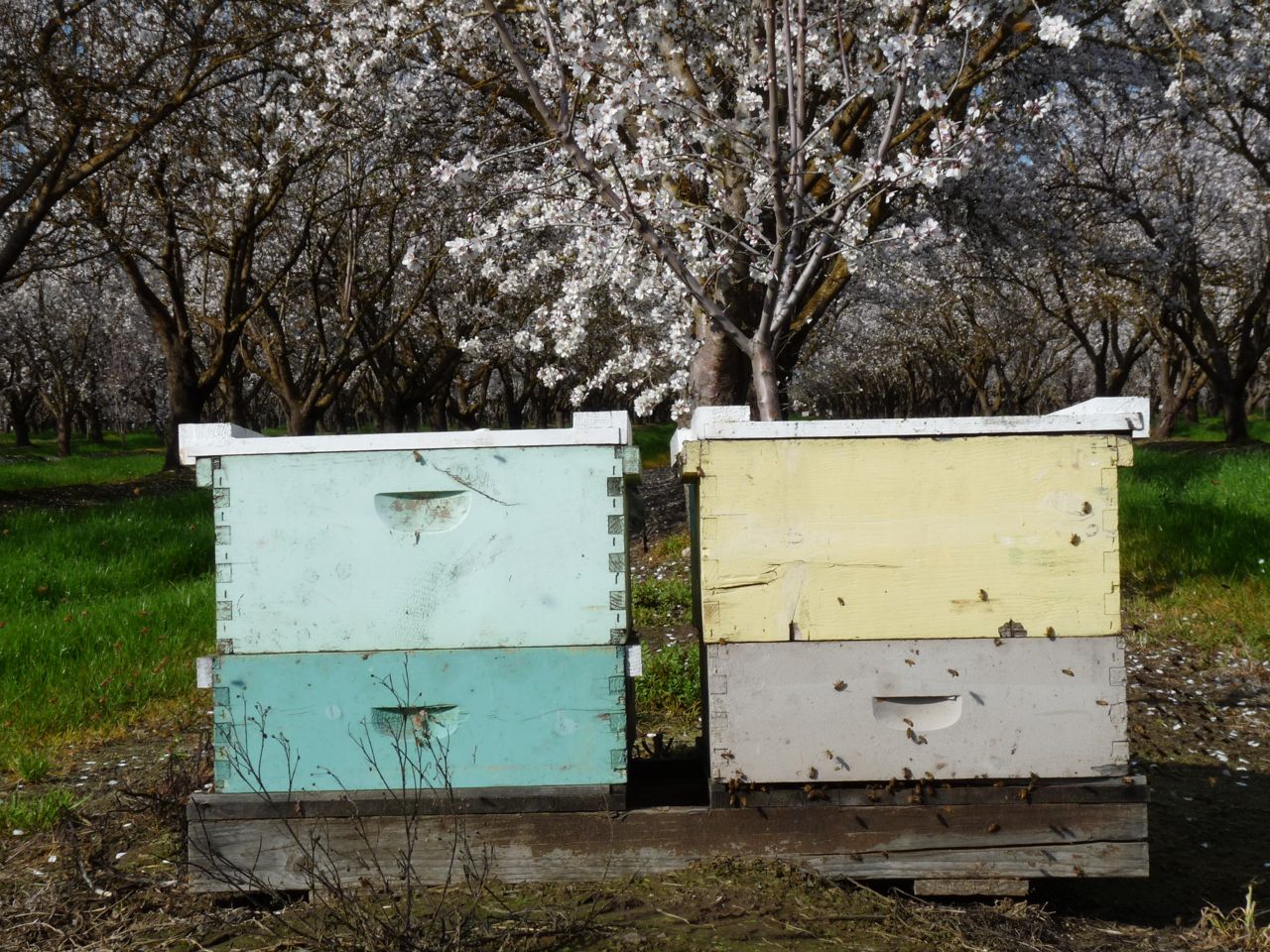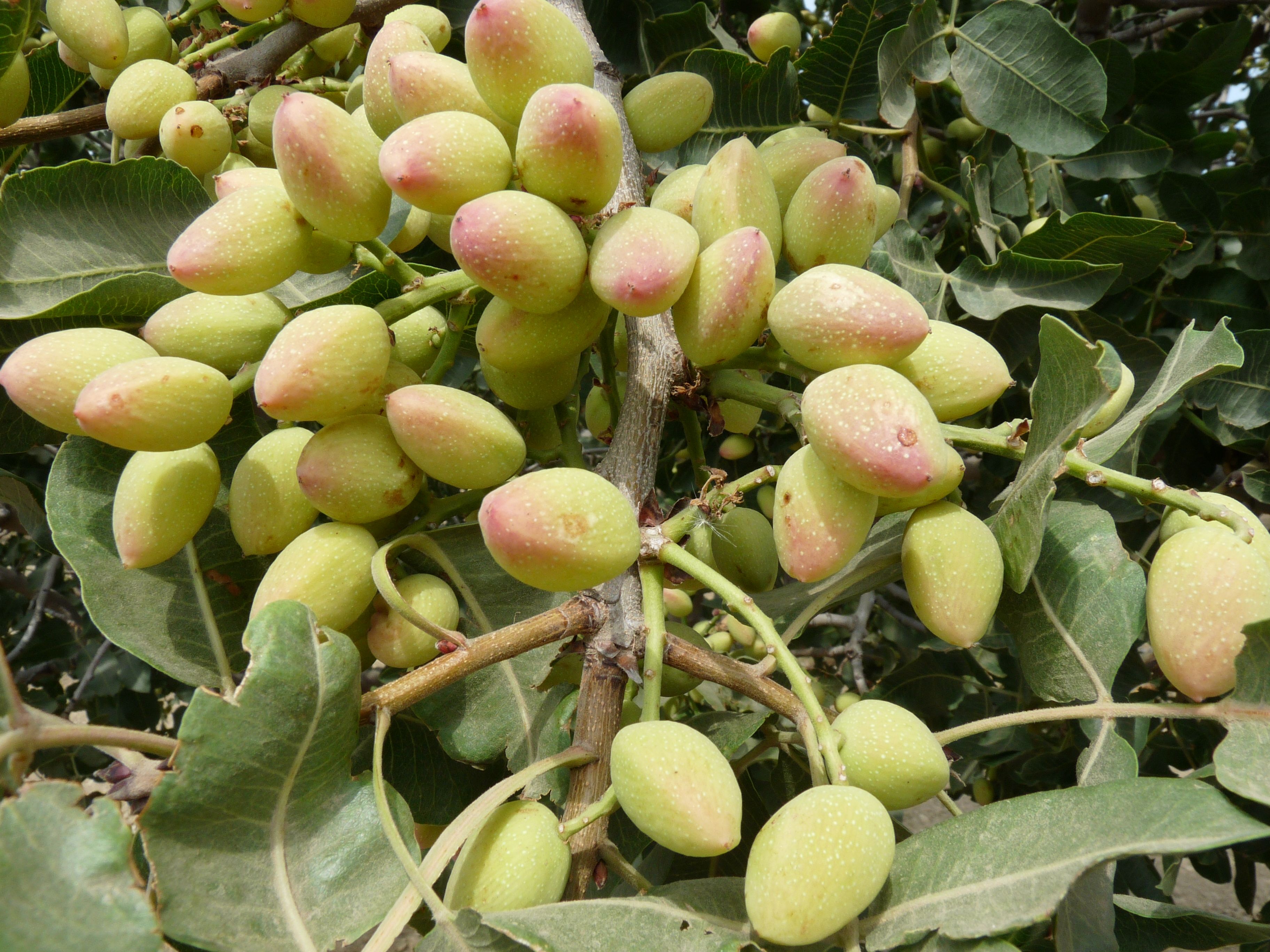UCCE on YouTube: Drought Mitigation in Livestock Production

UCCE’s Sierra Foothill Research and Extension Center has posted the entire January 29th seminar, “Drought Mitigation in Livestock Production” on YouTube. To access all 14 seminar videos, visit: https://www.youtube.com/user/ucsfrec?feature=watch.











